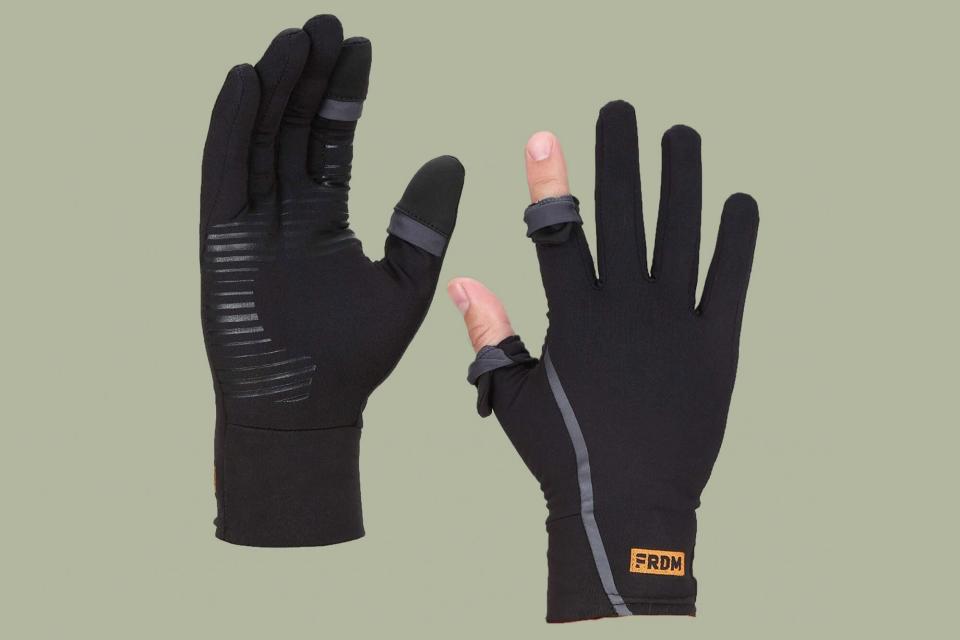10 Must-Haves for a Night of Stargazing
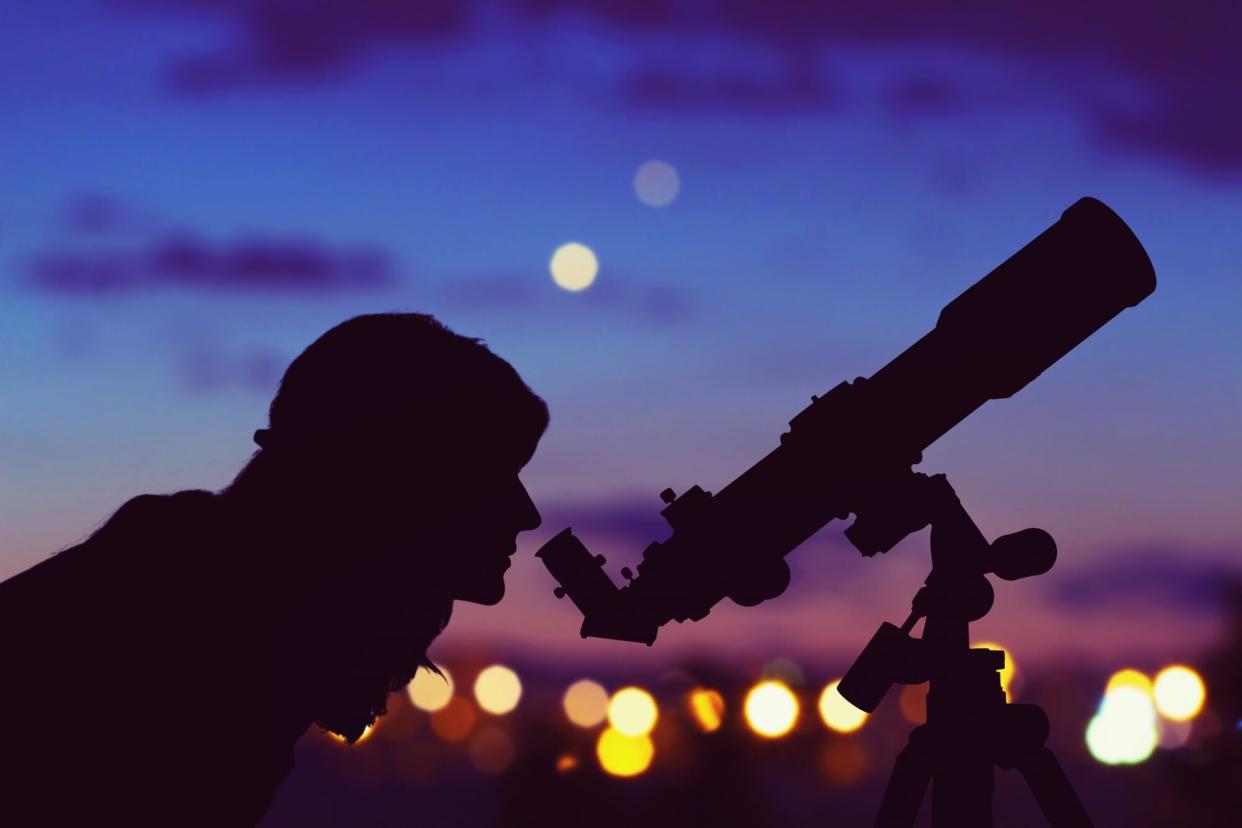
m-gucci / Getty Images
Whether you're alone or with a group of friends, stargazing is a creative way to destress and stay connected to the great outdoors. "Stargazing (also called amateur astronomy or backyard astronomy) gets you outside and in touch with the natural world," says astronomer Dr. Richard Tresch Fienberg of the American Astronomical Society. "It's ideal for quiet contemplation; thinking about the trillions of galaxies, stars, and planets out there—and the huge distances between them, and the possibility that the universe is teeming with life—helps put our earthly foibles into perspective."
While the most basic stargazing can be done without any aides—by simply gazing at the sky—astronomer Chuck Claver, Systems Scientist at the Vera C. Rubin Observatory says certain tools and equipment can definitely elevate the experience. "With optical assistance from binoculars or a telescope, the sky gazer has more to explore," he explains. "With the appropriate assistance, the sky gazer can see the moons of Jupiter, the rings of Saturn and dust storms on Mars."
These are the top ten best stargazing accessories, according to astronomers.
Handheld Binoculars: Vanguard Endeavor ED 10x42 Binoculars
Astronomy Binoculars: Orion Resolux 7x50 Waterproof Astronomy Binoculars
Tripod Telescope: Orion SpaceProbe 130ST Equatorial Reflector Telescope
Dobsonian Telescope: Orion SkyQuest XT6 PLUS f/8 Dobsonian Reflecting Telescope
Finder Scope: Stellarvue 9 x 50 Straight Through Finder Scope
Star Charts: NightWatch: A Practical Guide to Viewing the Universe
Planisphere: Orion Star Target Planisphere
Red Light Flashlight: Rigel Systems Starlight Mini Red Flashlight
Convertible Gloves: FRDM Vigor Lightweight Liner Gloves
Related: Construction on the First-Ever Space Hotel Will Begin in 2025
Handheld Binoculars
For a compact and easy-to-carry tool that will greatly enhance your vistas of the moon, Claver says to look no further than a trusty pair of totable binoculars. "Whether they are modest, like those used for birdwatching, or larger ones specifically meant for looking at the night sky, binoculars are a great tool for stargazing," he says. "Smaller low magnification binoculars can be effectively hand held, where larger binoculars should be mounted on a tripod or tracking mount to steady the view to get the most out of the optical advantage over the human eye."
Shop Now: Vanguard Endeavor ED 10x42 Binoculars, $250.94, amazon.com.
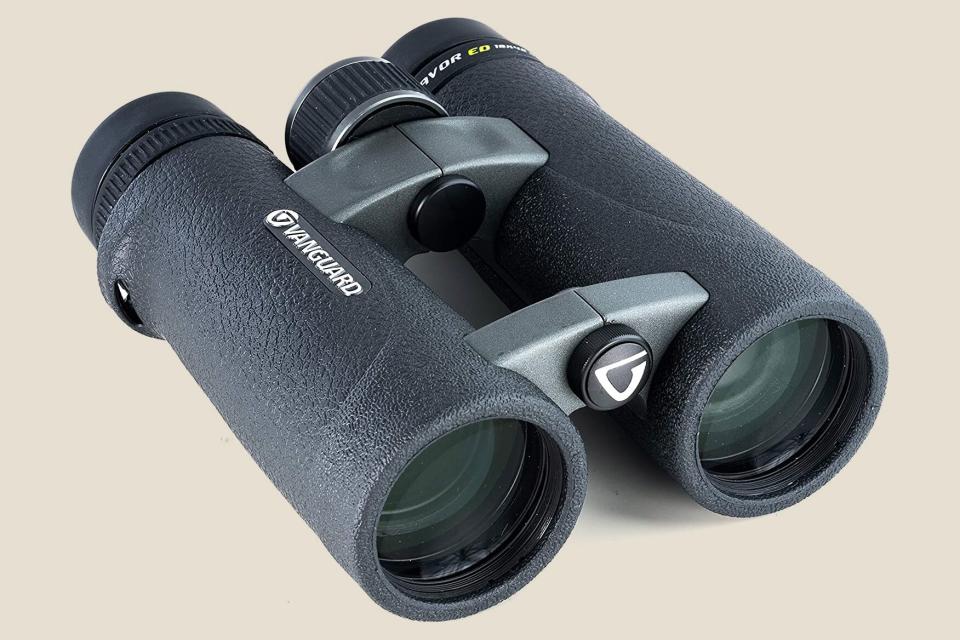
Astronomy Binoculars
If you're a first-time astronomer, Fienberg says astronomy binoculars offer a beginner-friendly alternative to a telescope. "If you look at the Moon with binoculars, you can see some of its biggest craters and mountains, or aim them at any bright star, and you'll find it surrounded by a host of fainter ones," he explains. "If you see anything that looks slightly fuzzy to your unaided eyes, point your binoculars to it, and it will resolve into a star cluster, or a nebula (an interstellar cloud of gas and dust), or perhaps even a galaxy."
Shop Now: Orion Resolux 7x50 Waterproof Astronomy Binoculars, $249.99, amazon.com.
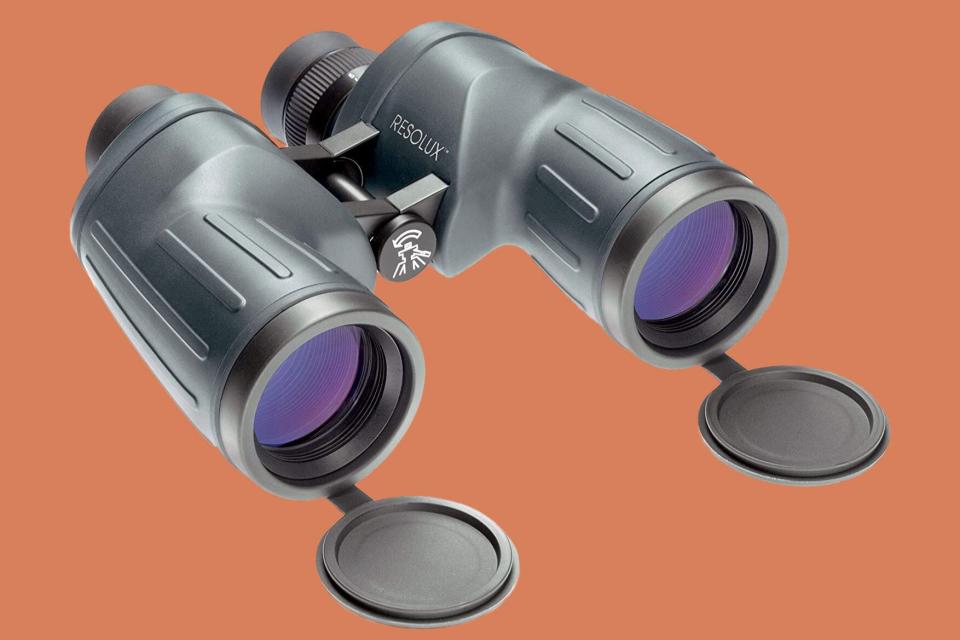
Tripod Telescope
For backyard stargazers looking for closer views of the stars and planets than binoculars can provide, Fienberg says you'll need a good telescope. "The simplest altazimuth mounts require you to push the telescope up-down (in altitude) and left-right (in azimuth) to aim it, while equatorial mounts tip one axis parallel to Earth's rotation axis, so that once you've aimed the telescope, you need only push it in one direction to keep it aimed at something as our planet spins."
Shop Now: Orion SpaceProbe 130ST Equatorial Reflector Telescope, $349.99, amazon.com.
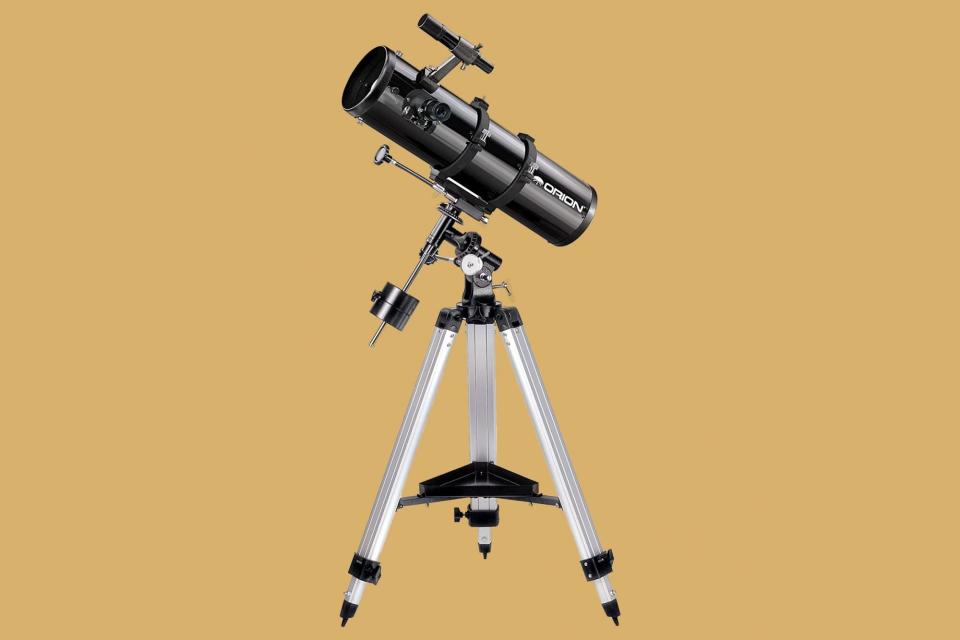
Dobsonian Telescope
For an affordable altazimuth-mount telescope that's easy to assemble and use, Claver suggests a Dobsonian telescope. "There is a tendency to get swept up with fancy technology, but if the telescope takes an inordinate amount of time to set up, it will likely end up collecting dust," he warns. "I still enjoy being able to toss a Dobsonian in the car on a camping trip and enjoy hunting interesting and challenging objects in the sky without a lot of fuss."
Shop Now: Orion SkyQuest XT6 PLUS f/8 Dobsonian Reflecting Telescope, $379.99, optcorp.com.
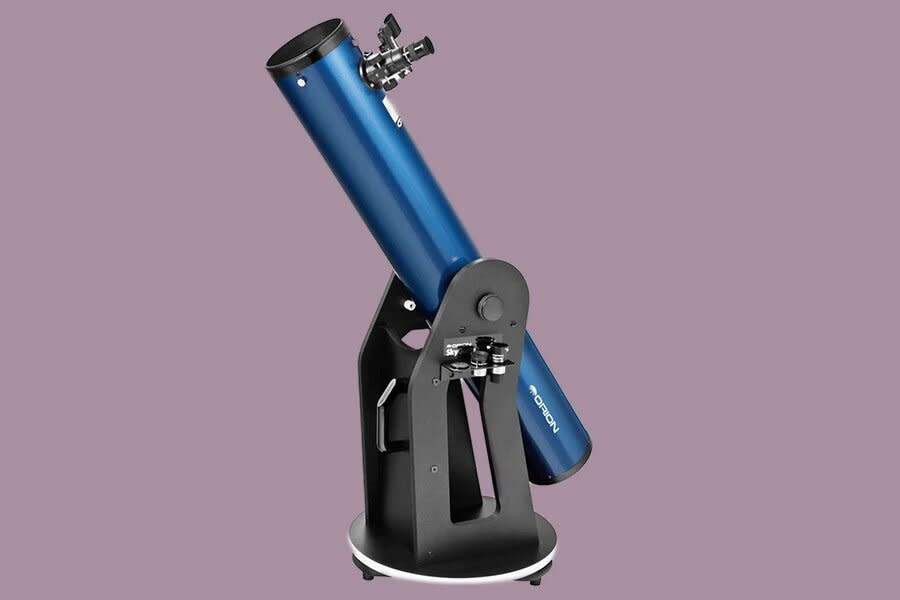
Eyepiece
Eyepieces help convert and magnify an image produced by a telescope, so that it can be viewed more clearly. "Eyepieces have a property called 'eye relief,' which is the distance from the last lens of the eyepiece to the optimum location where you would place your eye," Claver explains. "For stargazers that wear glasses, choosing an eyepiece with a long eye relief can be very helpful."
Shop Now: Explore Scientific 82° 11mm Waterproof Eyepiece, $199.99, explorescientificusa.com.
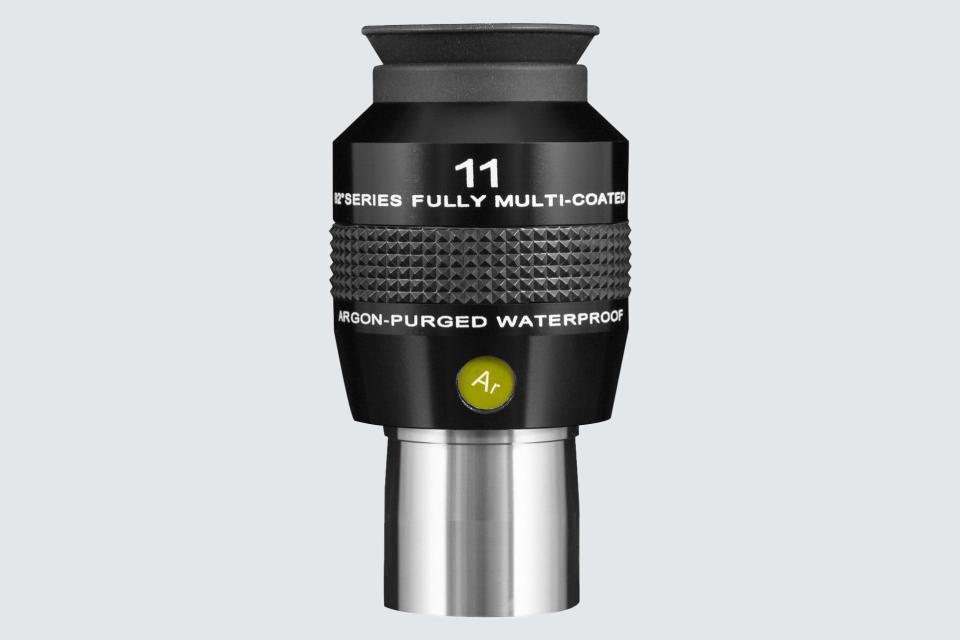
Finder Scope
A finder telescope is a smaller telescope that can be used with your main telescope to help you focus on constellations, as well as specific stars. "Finder telescopes typically have a wide field of view with an illuminated crosshair seen in the eyepiece," Claver explains. "This way, a recognizable pattern of stars can be used to point the main telescope, so that the object of interest becomes visible in the field of view."
Shop Now: Stellarvue 9 x 50 Straight Through Finder Scope, in White, $179.99, highpointscientific.com.
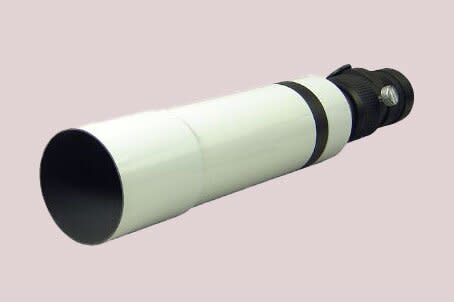
Star Charts
A star chart is essentially a roadmap of the sky, which is why Fienberg says you'll need one when practicing backyard astronomy. "You need a star chart, or a star atlas, which is a collection of star charts that cover the entire sky, to show you where things are so you can aim your telescope or binoculars at them," he explains. "They help you learn how to identify constellations while giving you a 'big picture' idea at what interesting objects might be worth looking for."
Shop Now: NightWatch: A Practical Guide to Viewing the Universe, Fourth Edition, $30.49, amazon.com.
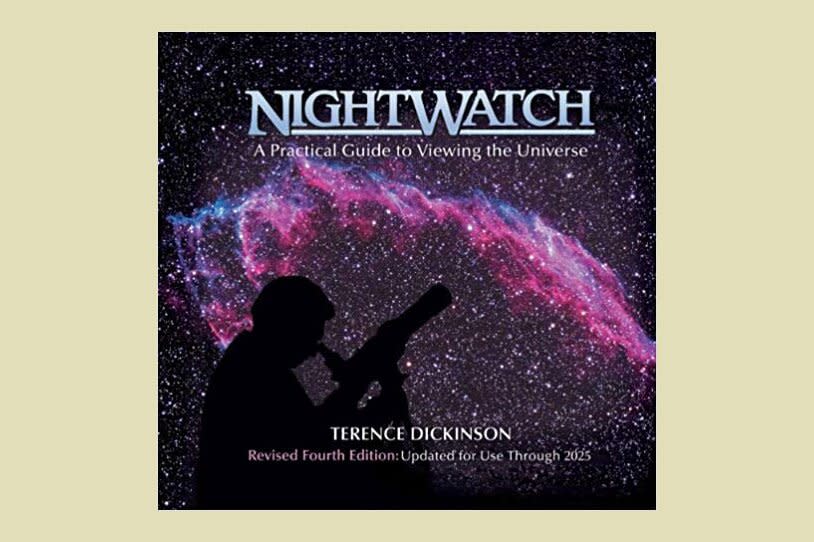
Planisphere
For an inexpensive tool that will help you learn the constellations in no time, Fienberg recommends a planisphere. "Also known as star wheels, planispheres are a special kind of star chart that show you a map of the night sky any date or time using a set of overlapping discs," he explains. "Just make sure you get a planisphere that's appropriate to your latitude, as different constellations are visible from different latitudes."
Shop Now: Orion Star Target Planisphere, in 30-50 degree, $9.99, telescope.com.

Red Light Flashlight
If you plan on going stargazing without a red-light flashlight handy, Claver says you should reconsider. "A flashlight with a red lens can help your eyes adjust to low lighting conditions (dark adaption), so you can navigate in the dark without disturbing your vision or other sky gazers with you," he explains.
Shop Now: Rigel Systems Starlight Mini Red Flashlight, $25, amazon.com.
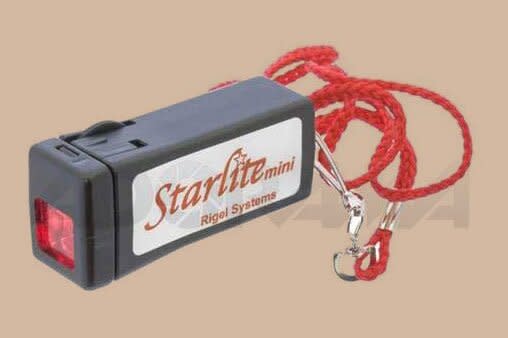
Convertible Gloves
Claver says a reliable pair of convertible gloves is a must-have for stargazers in colder climates. "Gloves that offer the ability to have your fingers exposed when needed can be a tremendous help when making adjustments to equipment," he says. "Just make sure that you can cover your fingers back up when necessary."
Shop Now: FRDM Vigor Lightweight Liner Gloves, $30, amazon.com.
